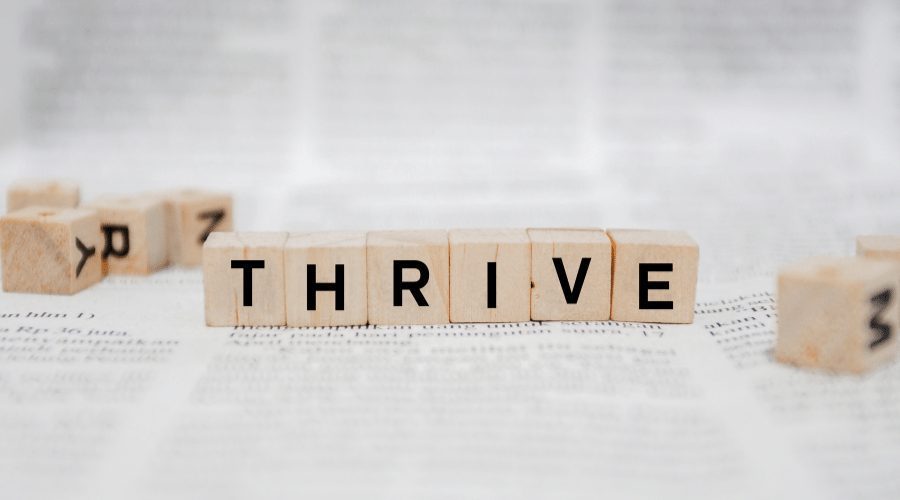Authored by John Snell, Open Minds Education Expert
There is a wealth of information and data available that shows how the state of children’s mental health and wellbeing is in crisis. Mental health, as we all know, is as important as physical health, and research shows that children with good mental health are more able to cope with the challenges that life throws at them. In turn, these young people grow up to be well rounded, healthy adults, and in a world that is increasingly complex this is essential. Yet, statistics show that 75% of children and young people who experience mental health problems aren’t getting the help they need (Mental Health Foundation, 2021).
As a leader in a primary school in England, I am as concerned as many about the epidemic we face in terms of supporting children with their mental health concerns. Over the last 10 years, I have first hand experience of an ever growing number of young children (all under the age of 11) who talk about wanting to die. Yet support at times of crisis is very difficult to get and while charities and other organisations do a fantastic job at helping those most in need, the truth is that funding for mental health services is nowhere near sufficient, despite what the government says. If I refer a child to Child and Adolescent Mental Health Services (CAMHS), the waiting list is well over a year, nearer two. And the number of children in need is increasing exponentially. According to the NHS Confederation (an organisation that brings together, supports and speaks for the whole healthcare system in England, Wales and Northern Ireland) in their report Reaching the tipping point: children and young people’s mental health, reported that there were 305,802 children and young people in contact with mental health services in February 2021, compared to 237,088 in March 2020. Additionally, the Centre for Mental Health predicts that at least 1.5 million children and young people may need new or additional mental health support as a result of the Covid pandemic (Covid-19 and the nation’s mental health, October 2020). So what can be done?

While there is absolutely no replacement for a fully funded mental health service for children and young people, I believe it is essential that we open up the discussion of mental health and actively look for ways to promote strategies for children to recognise and manage their emotions. In our own small way, this can have a hugely positive impact on young lives. In my school, positive wellbeing underpins our school culture. Staff are trained in looking out for signs that children are struggling, and key members of staff are available whenever they are needed. Don’t get me wrong, staffing is also an issue in schools, as funding, again, is not enough, however as a leader, I recognise that supporting children’s mental health is more important than educational outcomes. Indeed, I would argue they go hand in hand. We have a dedicated nurture room and staff trained in the use of Thrive strategies – I would recommend further reading on this for anyone who is interested.

The main point I would like to highlight is based on a ‘prevention is better than cure’ philosophy. In schools, and particularly primary schools, we are in a fantastic position to work as a community to support with strategies to promote positive wellbeing. If children are aware of their emotions, they are in a better position to recognise that something needs to be done. And in turn, know what to do. This year I have been working through a successful programme called ‘Clangers’ with my school community. Developed by Doctor Phil Hammond, Clangers is an acronym which depicts ‘8 daily vitamins (and joys) of health’.
- Connect
- Learn
- (be) Active
- Notice
- Give back
- Eat well
- Relax
- Sleep
I have spent time working through each of these concepts and the impact this has had on my pupils has been fantastic. Children are beginning to understand that while it’s ‘OK not to be OK’, they can do something about it. In fact, they can be proactive in reducing incidents of poor mental health in a relatively easy way. We are now using the language of Clangers to make links with other wellbeing learning and it is my hope that over the course of time, children will also be learning how to help each other at times of need.
Ultimately, of course, there is no substitute for professional support for our most vulnerable children, however I firmly believe that an open and honest discussion about mental health together with simple, easy to understand strategies that children can use is essential if we truly care about the wellbeing of our young people. And in turn, enable them to develop the resilience to cope with whatever life throws at them and grow into well-rounded, healthy adults

